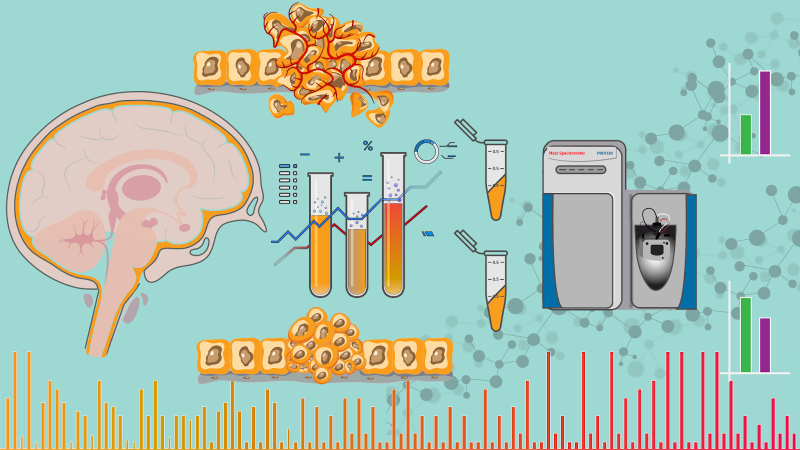
Researchers identify a bacterial strain that prefers aromatic pollutants over sugar as food
Industrial waste, which includes harmful chemicals and pollutants, accumulates over time and poses a significant threat to the health of the planet and its inhabitants. Getting rid of these hazardous pollutants requires breaking them down into safer chemicals, which is a Herculean task. In a recent study, researchers from the Indian Institute of Technology Bombay (IIT-Bombay), Mumbai, have found a novel solution to this menace. As the idiom ‘one man’s trash could be another’s treasure’ goes, they have identified a strain of a bacterium called Pseudomonas putida CSV86 that loves to nibble on this waste!
Like us, most bacteria are picky about their food, preferring simple carbon sources like glucose and organic acids over complex compounds like aromatic pollutants. Aromatic compounds contain a ring-shaped arrangement of carbon atoms and are found in household products like insect repellents (mothballs, naphthalene balls), food preservative (sodium benzoate), plastics (phthalate esters), and in several industrial chemicals.
This picky behaviour is the major bottleneck that prevents bacteria from efficiently removing pollutants from contaminated sites. However, the Pseudomonas putida CSV86, or strain CSV86 for short, is the first bacterial strain known to have a completely opposite food preference! It loves complex aromatic compounds (like naphthalene, benzoate etc) rather than the more traditional carbon sources like glucose.
In this study, led by Prof. Prashant Phale of IIT-Bombay, researchers have studied the strain CSV86, which was isolated from the soil. They used genome sequencing, biochemical and molecular analyses to understand how it breaks down aromatic compounds preferentially. The study is published in the journal Applied and Environmental Microbiology, and its findings could help in genetically engineering a strain with increased metabolic diversity and capacity to digest any harmful chemical more efficiently.
In most bacteria, the presence of simple carbon sources like glucose or organic acids suppresses the expression of genes that code for enzymes or proteins that help in breaking down aromatic compounds, thus promoting the digestion of simple carbon sources. The researchers found that this phenomenon, called ‘carbon catabolite repression’, is reversed in strain CSV86, with aromatic compounds suppressing the use of glucose. This finding explains the bacterium’s peculiar order of food preference.
The discovery is fascinating for biologists and basic science researchers as it is the first of its kind. “So far, there are no such reports in the literature. Strain CSV86’s biochemistry and metabolic regulation(s) go against the rule of thumb (referred as carbon catabolite repression), and what has been accepted universally”, says Prof Phale. How and why this organism has evolved to prefer aromatic compounds will be the interesting questions to address in future.
The findings of the study open up the possibility of genetically engineering the CSV86 strain to efficiently breakdown any desired aromatic compound. The resulting new strain could then be used to remove harmful aromatic pollutants in wastewater.
“It could also find an important application in the field of agriculture. Strain CSV86 introduced into the soil could be used to preferentially degrade aromatic components of pesticides and insecticides to naturally cleanse the environment without harming the plants, as this bacteria belongs to genus Pseudomonas, which promotes plant growth”, adds Prof Phale.
Building on their previous studies, Prof. Phale’s group is now dissecting out the finer details regarding the genes and molecular mechanisms that give this organism the unique ability to preferentially digest aromatic compounds. With further research and advancements in the years to come, the story of strain CSV86 may become an excellent example of a chance discovery having a massive impact on our world. Like the microbes in H.G. Wells’ ‘War of the Worlds’, it may indeed be one of the saviours we need today.
